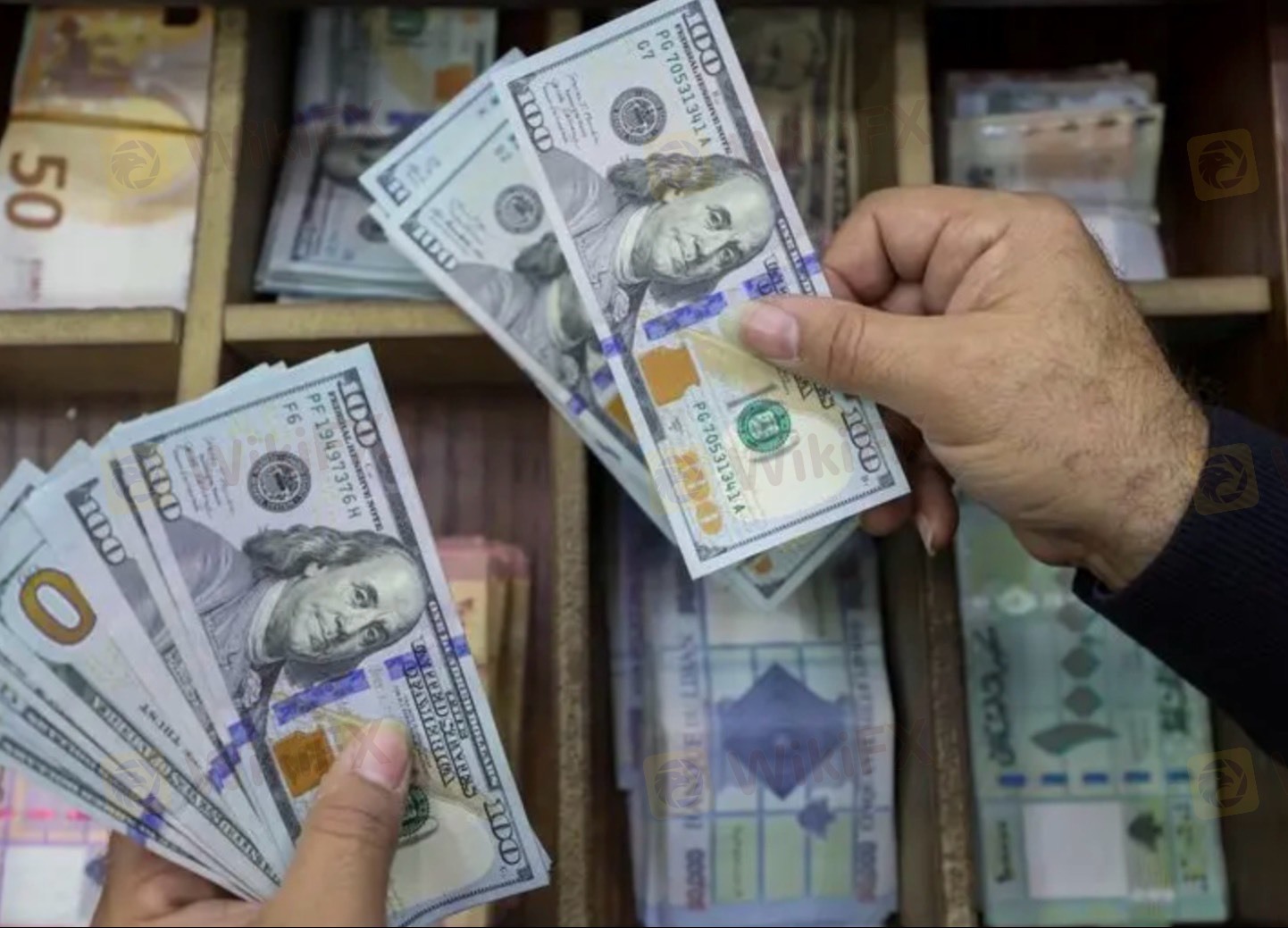
2025-02-21 17:59
업계에서Is a weaker dollar always a result of fed rate cut
#FedRateCutAffectsDollarTrend
No, a weaker U.S. dollar is not always a direct result of Fed rate cuts. While rate cuts tend to put downward pressure on the dollar, several other factors influence the currency’s movement.
When Fed Rate Cuts Lead to a Weaker Dollar
1. Lower Interest Rate Differentials
• If the Fed cuts rates while other central banks hold steady or hike, U.S. assets become less attractive, reducing demand for the dollar.
• Example: In 2001-2003, the Fed cut rates aggressively, and the dollar weakened significantly against the euro.
2. Increased Money Supply & Inflation Expectations
• Rate cuts often come with quantitative easing (QE), increasing the supply of dollars and reducing its value over time.
• Example: After the 2008 financial crisis, the Fed’s prolonged low rates and QE programs weakened the dollar from 2009-2011.
3. Capital Flows to Riskier Assets
• Lower U.S. rates push investors into emerging markets, commodities, and foreign currencies, reducing demand for the dollar.
When the Dollar Doesn’t Weaken After Rate Cuts
1. Global Uncertainty & Safe-Haven Demand
• If the Fed cuts rates during a crisis, investors may rush to the dollar for safety, causing it to strengthen.
• Example: During the 2008 crisis and early 2020 (COVID crash), the dollar initially strengthened, despite Fed rate cuts.
2. Other Central Banks Cutting Rates Simultaneously
• If the ECB, BoJ, or other major central banks also cut rates, the dollar may not weaken much because interest rate differentials remain stable.
• Example: In 2019, the Fed cut rates three times, but the dollar remained strong because other central banks were easing too.
3. Market Expectations Already Pricing in Rate Cuts
• If markets have fully anticipated a rate cut, the dollar’s movement may be muted.
• Sometimes, if the Fed cuts less than expected, the dollar can even strengthen.
Bottom Line:
• Rate cuts usually weaken the dollar, but not always.
• Global economic conditions, risk sentiment, and central bank actions worldwide all play a role.
• If the Fed cuts rates while other central banks also ease or during market turmoil, the dollar may stay strong or even rise.
Would you like insights on how upcoming Fed cuts in 2024-2025 might impact the dollar?
좋아요 0
FX1097027472
Trader
인기있는 콘텐츠
시장 분석
투자주체별매매 동향
시장 분석
유로존 경제 쇠퇴 위기 직면
시장 분석
국제 유가는 어디로
시장 분석
미국증시 레버리지(Leverage)·인버스(Inverse)형의 ETF, 최근 사상 최대 신
시장 분석
투기장 된 원유 ETL...첫 투자위험 발령
시장 분석
RBNZ 양적완화 확대
포럼 카테고리

플랫폼

전시회

대리상

신병 모집

EA

업계에서

시장

인덱스
Is a weaker dollar always a result of fed rate cut
 인도 | 2025-02-21 17:59
인도 | 2025-02-21 17:59#FedRateCutAffectsDollarTrend
No, a weaker U.S. dollar is not always a direct result of Fed rate cuts. While rate cuts tend to put downward pressure on the dollar, several other factors influence the currency’s movement.
When Fed Rate Cuts Lead to a Weaker Dollar
1. Lower Interest Rate Differentials
• If the Fed cuts rates while other central banks hold steady or hike, U.S. assets become less attractive, reducing demand for the dollar.
• Example: In 2001-2003, the Fed cut rates aggressively, and the dollar weakened significantly against the euro.
2. Increased Money Supply & Inflation Expectations
• Rate cuts often come with quantitative easing (QE), increasing the supply of dollars and reducing its value over time.
• Example: After the 2008 financial crisis, the Fed’s prolonged low rates and QE programs weakened the dollar from 2009-2011.
3. Capital Flows to Riskier Assets
• Lower U.S. rates push investors into emerging markets, commodities, and foreign currencies, reducing demand for the dollar.
When the Dollar Doesn’t Weaken After Rate Cuts
1. Global Uncertainty & Safe-Haven Demand
• If the Fed cuts rates during a crisis, investors may rush to the dollar for safety, causing it to strengthen.
• Example: During the 2008 crisis and early 2020 (COVID crash), the dollar initially strengthened, despite Fed rate cuts.
2. Other Central Banks Cutting Rates Simultaneously
• If the ECB, BoJ, or other major central banks also cut rates, the dollar may not weaken much because interest rate differentials remain stable.
• Example: In 2019, the Fed cut rates three times, but the dollar remained strong because other central banks were easing too.
3. Market Expectations Already Pricing in Rate Cuts
• If markets have fully anticipated a rate cut, the dollar’s movement may be muted.
• Sometimes, if the Fed cuts less than expected, the dollar can even strengthen.
Bottom Line:
• Rate cuts usually weaken the dollar, but not always.
• Global economic conditions, risk sentiment, and central bank actions worldwide all play a role.
• If the Fed cuts rates while other central banks also ease or during market turmoil, the dollar may stay strong or even rise.
Would you like insights on how upcoming Fed cuts in 2024-2025 might impact the dollar?
좋아요 0
나 도 댓 글 달 래.
제출
0코멘트

댓글이 아직 없습니다. 첫 번째를 만드십시오.

제출
댓글이 아직 없습니다. 첫 번째를 만드십시오.